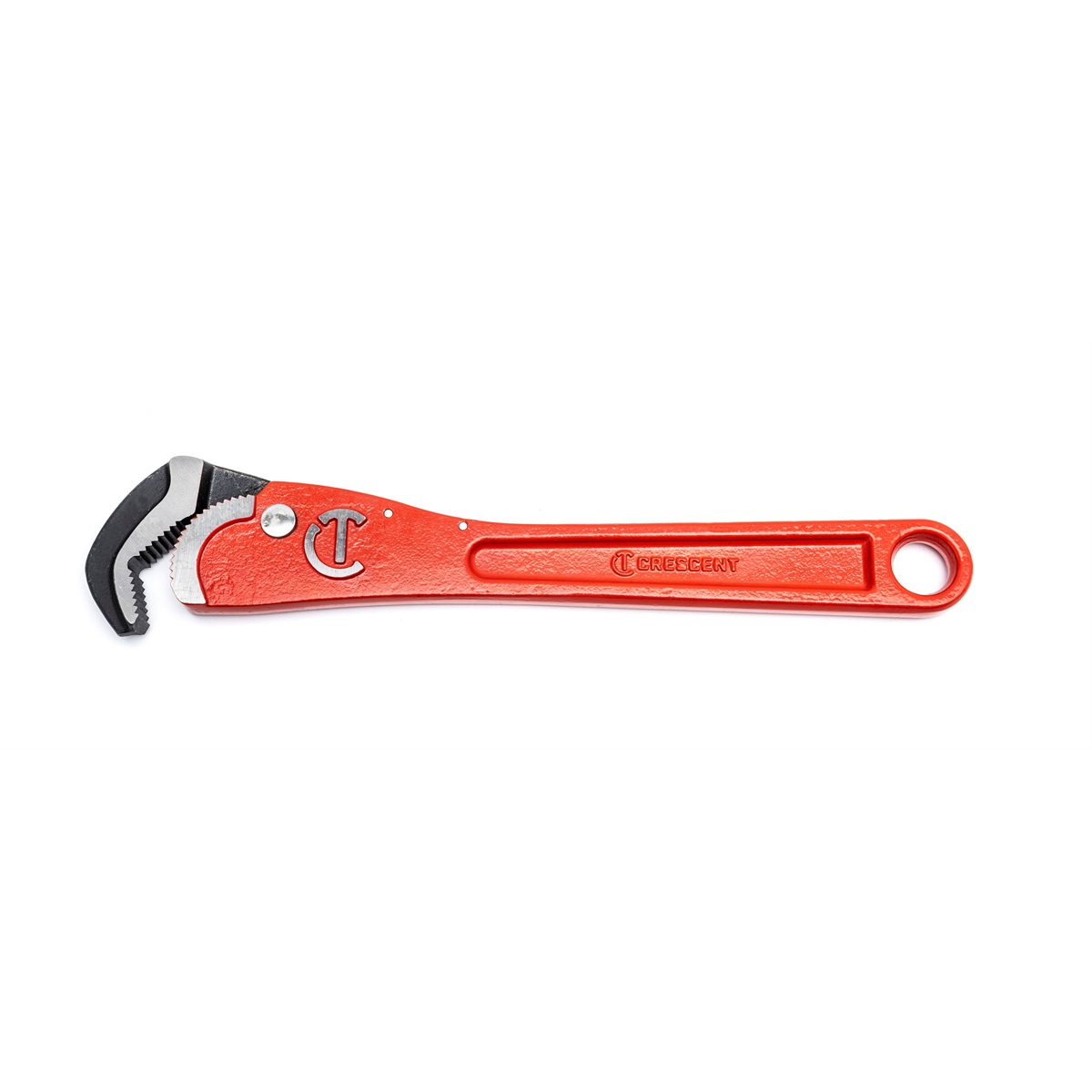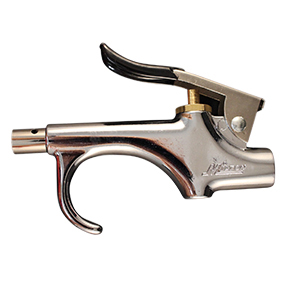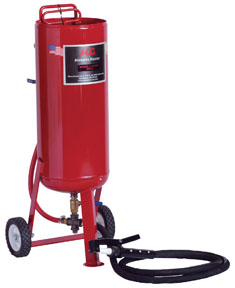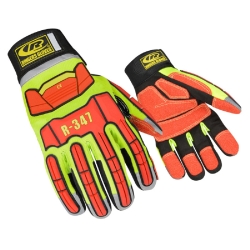Are you a DIY enthusiast looking to tackle your own home repairs? One tool you'll definitely need in your arsenal is a wrench. In order to use a wrench safely and effectively, it's important to understand the proper techniques and precautions. Whether you're a beginner or an experienced handyman, this article will provide you with valuable tips and guidance.
Using a wrench may seem straightforward, but there are several factors to consider. From selecting the right wrench size to applying the correct amount of torque, each step requires attention to detail. In this article, we will walk you through the process of using a wrench, discussing common mistakes to avoid and best practices to ensure a successful outcome.
Efficiency and safety go hand in hand when it comes to using a wrench. By following the guidelines outlined in this article, you'll not only master the art of wielding a wrench effectively but also prevent accidents and injuries. So, let's get started and equip you with the knowledge and skills to confidently handle any wrench-related task that comes your way!

3 Piece Adjustable Cushion Grip Wrench Set 6", 8" ...
Types of wrenches and their uses
Wrenches come in various shapes and sizes, each designed for a specific purpose. Understanding the different types of wrenches and their uses will help you choose the right tool for the job.
- Adjustable wrench: This versatile tool features an adjustable jaw, allowing you to use it on different nut and bolt sizes. It's perfect for situations where you don't have a specific size wrench on hand.
- Combination wrench: A combination wrench has a box-end on one side and an open-end on the other. It's ideal for tightening or loosening bolts in tight spaces where a socket wrench cannot fit.
- Socket wrench: Socket wrenches are commonly used in automotive repair and assembly work. They consist of a handle and detachable socket heads that fit over bolt heads or nuts. Socket wrenches provide a secure grip and better leverage compared to other types of wrenches.
- Torque wrench: A torque wrench is essential for tasks that require precise torque settings, such as automotive work or delicate machinery. It allows you to tighten bolts to a specific torque specification, preventing over-tightening or under-tightening.
- Pipe wrench: A pipe wrench is designed for gripping and turning pipes, fittings, and other rounded objects. Its adjustable jaw allows for a secure grip, making it an essential tool for plumbing tasks.
Remember, using the wrong type of wrench can damage the fasteners or cause injuries. Always choose the appropriate wrench for the job to ensure optimal results and prevent accidents.
Safety precautions when using a wrench
Using a wrench may seem like a simple task, but it's important to prioritize safety to avoid accidents. Here are some safety precautions to keep in mind when using a wrench:
- Wear appropriate safety gear: Before you begin any wrenching task, make sure to wear safety goggles, gloves, and protective clothing. This will protect you from flying debris, sharp edges, and potential hand injuries.
- Inspect the wrench: Before using a wrench, inspect it for any signs of damage or wear. Check for cracks, worn-out jaws, or loose parts. Using a damaged wrench can lead to catastrophic failures and injuries.
- Secure the workpiece: Ensure that the workpiece is securely clamped or held in place before applying force with a wrench. This will prevent the workpiece from slipping or moving unexpectedly, reducing the risk of accidents.
- Apply force in the right direction: When using a wrench, always apply force in the direction that tightens or loosens the fastener. Applying force in the wrong direction can damage the wrench, fasteners, or cause injuries.
- Use proper body mechanics: When using a wrench, position your body in a way that allows for maximum leverage and stability. Avoid awkward postures or overexertion. Use your body weight and proper grip to apply force instead of relying solely on arm strength.
Remember, safety should always be your top priority when using tools. Taking a few extra minutes to follow safety precautions can prevent accidents and ensure a smooth wrenching experience.












Follow us on social media